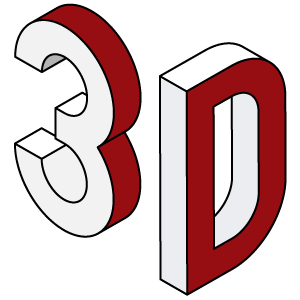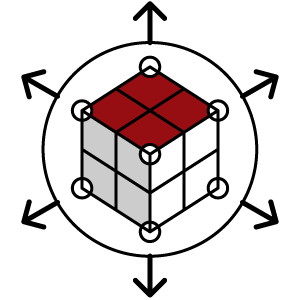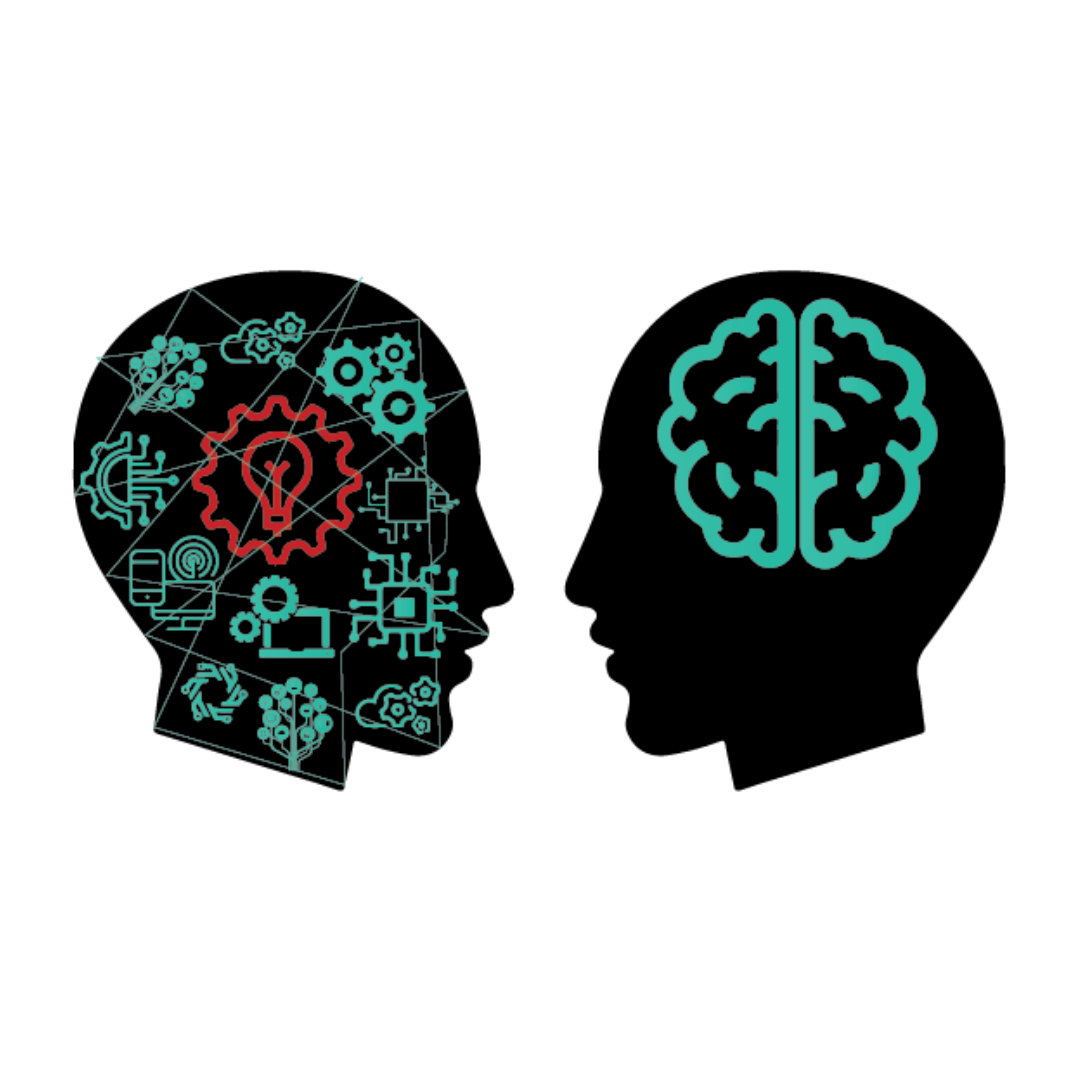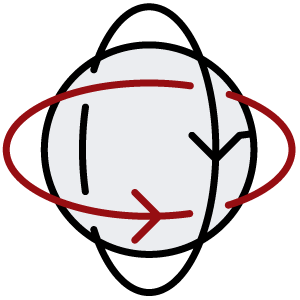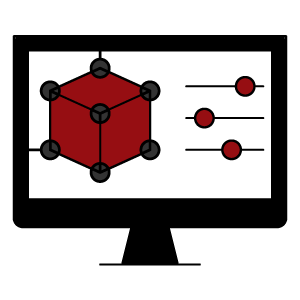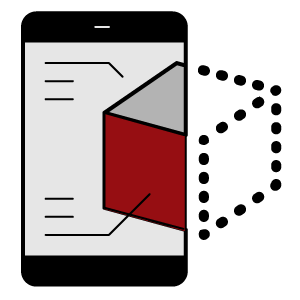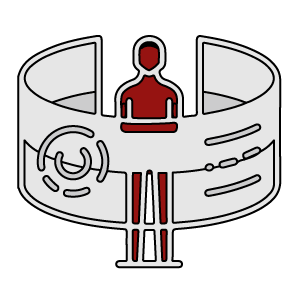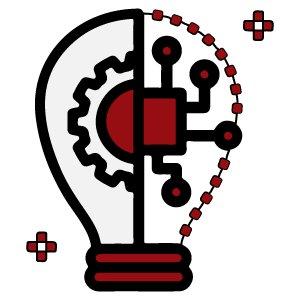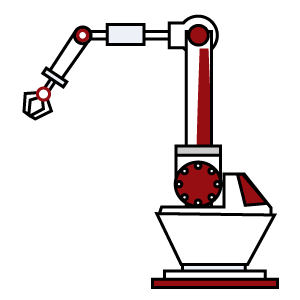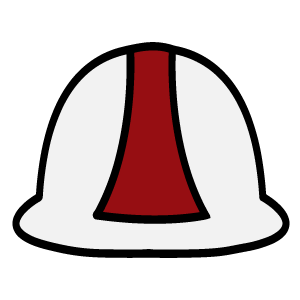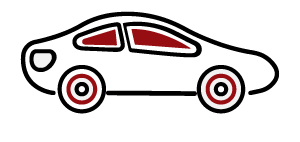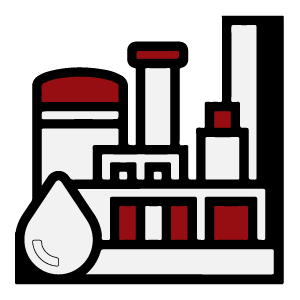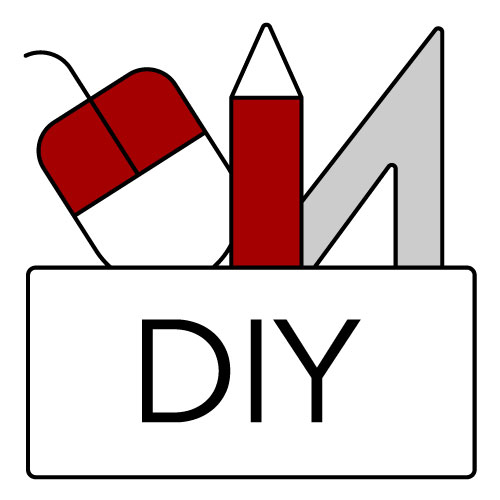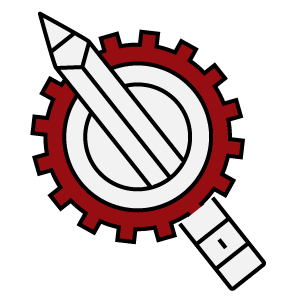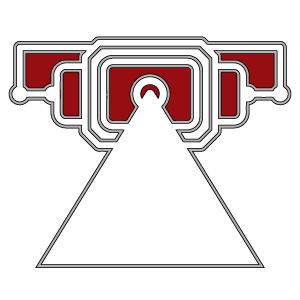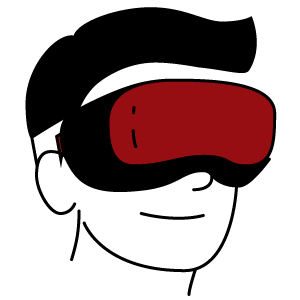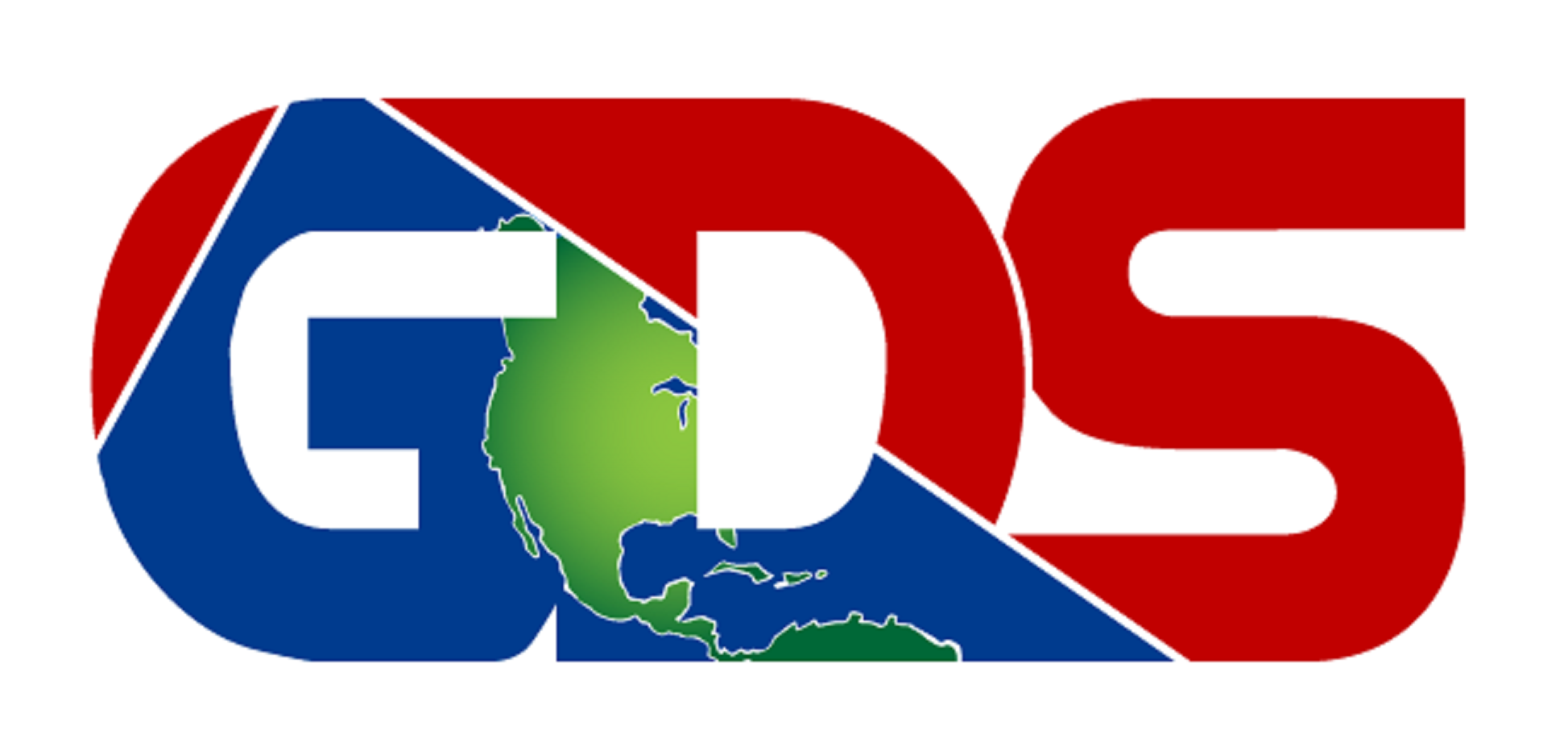90% fewer site visits, cutting costs with efficient laser scanning.
Optimize layout, boost productivity with streamlined operations and maximum efficiency.
Identify bottlenecks, boost throughput for enhanced productivity and profitability.
Retrofit machinery confidently with 3D laser scanning, minimizing downtime.
Enhance product designs cost-effectively with scalable solutions through reverse engineering.
.step files for easy item reproduction and modification, ensuring efficiency.
Recover lost data with reverse engineering services, fostering innovation and growth.
Analyze competitor products, gain a competitive edge through optimized designs.
Improve coordination with 3D laser scanning, enhancing communication and efficiency.
Create pipe isometric drawings swiftly, reducing turnaround times for project timelines.
Design precise structural platforms, ensuring accurate fabrication and installation.
Generate as-built drawings for facilities, providing a comprehensive record for planning.
Use 3D laser scanning in refineries for detailed layout views and measurements.
Ensure safety compliance with detailed 3D laser scanning documentation records.
Enhance project collaboration by providing accurate 3D visualizations for stakeholders.
Minimize errors in construction by utilizing precise 3D laser scanning data.
Facilitate clash detection early in the design phase for construction projects.
Expedite project approvals with detailed, accurate 3D laser scanning documentation.
Optimize space utilization by analyzing occupancy patterns and space requirements.
Expedite facility inspections with detailed 3D scans, reducing downtime and costs.
Enhance evacuation planning by utilizing precise 3D spatial data.
Streamline facility management by creating accurate as-built 3D models.
Improve energy efficiency by analyzing thermal conditions through 3D scans.
Ensure ADA compliance by utilizing precise 3D measurements for accessibility assessments.
Reduce material waste by accurate measurement and modeling of existing structures.
Enhance historical preservation efforts by creating detailed 3D documentation of structures.
Streamline interior design projects with accurate 3D spatial data.
Optimize HVAC system efficiency by analyzing airflow through 3D scans.
Expedite insurance claims with comprehensive 3D documentation of damaged structures.
Improve fire safety planning by utilizing detailed 3D scans of facilities.
Enhance retail space planning with precise 3D modeling and analysis.
Minimize construction delays by utilizing accurate 3D scans for project planning.
Streamline property management with comprehensive 3D documentation of buildings.
Optimize warehouse layouts by analyzing storage and logistics through 3D scans.
Expedite disaster response with detailed 3D scans of affected areas.
Enhance virtual reality (VR) experiences with realistic 3D modeling.
Improve urban planning by analyzing traffic patterns and infrastructure through 3D scans.
Streamline archaeological research with detailed 3D documentation of excavation sites.
Optimize maintenance schedules by utilizing accurate 3D scans of equipment.
Enhance cultural heritage preservation with detailed 3D documentation of artifacts.
Improve educational experiences with accurate 3D models for virtual learning environments.
Streamline film and video game production with realistic 3D modeling.
Optimize agricultural planning by analyzing topography and soil conditions through 3D scans.
Expedite disaster recovery with accurate 3D documentation of damaged landscapes.
Enhance wildlife conservation efforts with detailed 3D scans of natural habitats.
Improve transportation infrastructure planning with accurate 3D modeling.
Streamline event planning with precise 3D layouts for venue visualization.
Optimize construction equipment usage by analyzing job site conditions through 3D scans.
Expedite geological surveys with detailed 3D scans of terrain and rock formations.
Enhance historical research with accurate 3D documentation of architectural evolution.
Improve water resource management by analyzing watershed conditions through 3D scans.
Streamline product design with detailed 3D scans for prototyping and iteration.
Optimize urban development with accurate 3D models of city landscapes.
Expedite disaster preparedness with detailed 3D documentation of at-risk areas.
Enhance environmental conservation efforts with detailed 3D scans of ecosystems.
Improve spatial awareness for the visually impaired through detailed 3D modeling.
Streamline construction documentation with accurate 3D models for permit applications.
Optimize disaster risk reduction by analyzing vulnerabilities through 3D scans.
Enhance facility security by utilizing 3D scans for comprehensive threat assessments.
Streamline retail merchandising with accurate 3D models for product placement optimization.
Optimize theme park design with detailed 3D spatial planning for attractions.
Expedite urban renewal projects with accurate 3D documentation of redevelopment areas.
Improve disaster resilience by analyzing structural integrity through detailed 3D scans.
Enhance sports facility planning with accurate 3D layouts for optimal space utilization.
Streamline telecommunications infrastructure planning with precise 3D modeling.
Optimize cruise ship design with detailed 3D spatial planning for passenger comfort.
Expedite military planning with accurate 3D documentation of training areas.
Improve disaster response planning by analyzing escape routes through detailed 3D scans.
Enhance retail advertising by utilizing realistic 3D models for product displays.
Streamline archaeological conservation efforts with detailed 3D documentation of artifacts.
Optimize construction safety protocols by analyzing site conditions through 3D scans.
Expedite utility infrastructure planning with accurate 3D models for efficient installations.
Improve stormwater management by analyzing drainage systems through detailed 3D scans.
Enhance virtual tourism experiences with realistic 3D modeling of landmarks.
Streamline forensic investigations with detailed 3D scans of crime scenes.
Optimize disaster relief efforts by analyzing access routes through detailed 3D scans.
Expedite real estate development with accurate 3D documentation of property conditions.
Improve military training simulations with realistic 3D modeling of combat scenarios.
Enhance transportation infrastructure maintenance by analyzing wear and tear through 3D scans.
Streamline theme park operations with accurate 3D layouts for crowd management.
Optimize smart city initiatives with detailed 3D models for urban planning.
Expedite architectural design approvals with accurate 3D documentation of proposed structures.
Improve construction quality control by analyzing workmanship through detailed 3D scans.
Enhance product marketing with realistic 3D models for online and print materials.
Streamline historical building restoration with accurate 3D documentation of architectural details.
Optimize waste management by analyzing disposal systems through detailed 3D scans.
Expedite archaeological site preservation with accurate 3D documentation of excavation areas.
Improve transportation safety by analyzing road conditions through detailed 3D scans.
Enhance disaster recovery efforts with realistic 3D modeling of reconstruction plans.
Streamline environmental impact assessments with accurate 3D models for development projects.
Optimize disaster evacuation plans by analyzing escape routes through detailed 3D scans.
Expedite disaster response coordination with detailed 3D scans of affected infrastructures.
Enhance educational content creation with realistic 3D models for immersive learning experiences.
Streamline cityscape planning with accurate 3D models for architectural visualization.
Optimize land use planning by analyzing terrain conditions through detailed 3D scans.
Improve mining operations with realistic 3D modeling for resource exploration and extraction.
Enhance architectural design presentations with detailed 3D renderings for client approval.
Streamline aerospace engineering with accurate 3D models for prototype development.
Optimize utility infrastructure maintenance by analyzing equipment conditions through 3D scans.
Expedite disaster risk assessment with detailed 3D documentation of vulnerable areas.
Improve precision agriculture with realistic 3D modeling for crop monitoring and management.
Enhance forensic reconstructions with accurate 3D models for crime scene visualizations.
Streamline retail store layouts with detailed 3D spatial planning for optimal product placement.
Optimize transportation system planning by analyzing traffic flow through detailed 3D scans.
Expedite emergency response planning with realistic 3D modeling of crisis scenarios.
Enhance cultural heritage preservation with detailed 3D documentation of historical artifacts.
Streamline architectural heritage conservation with accurate 3D models for restoration projects.
Optimize wildlife management by analyzing habitats through detailed 3D scans.
Expedite archaeological fieldwork with realistic 3D modeling of excavation sites.
Improve tourism promotion with accurate 3D models for destination marketing.
Enhance disaster recovery coordination with detailed 3D scans of impacted areas.
Streamline marine engineering with realistic 3D modeling for ship design and construction.
Optimize environmental impact assessments by analyzing ecosystems through detailed 3D scans.
Expedite emergency preparedness with accurate 3D models for evacuation planning.
Improve historical research with realistic 3D modeling of ancient structures and artifacts.
Enhance geological exploration with detailed 3D documentation of rock formations.
Streamline architectural design competitions with accurate 3D models for proposals.
Optimize infrastructure resilience by analyzing vulnerabilities through detailed 3D scans.
Expedite industrial plant planning with realistic 3D modeling for facility layouts.
Improve virtual reality (VR) gaming experiences with accurate 3D environments.
Enhance renewable energy planning with detailed 3D scans of potential sites.
Streamline interior decorating with realistic 3D models for design visualization.
Optimize disaster recovery coordination with accurate 3D documentation of impacted areas.
Expedite historical site conservation with realistic 3D modeling of architectural features.
Improve urban planning by analyzing public spaces through detailed 3D scans.
Enhance architectural design presentations with accurate 3D renderings for client approval.
Streamline industrial equipment design with realistic 3D models for prototyping.
Optimize transportation infrastructure maintenance by analyzing road conditions through 3D scans
Verify part dimensions for manufacturing precision.
Measure components to ensure compliance with industry standards.
Assess surface finish quality for manufacturing consistency.
Inspect geometric tolerances for accurate and reliable product performance.
Validate form and contour measurements for consistent part quality.
Ensure alignment accuracy in assembly processes for optimal functionality.
Evaluate concentricity for precise rotational component performance.
Verify flatness and parallelism for accurate mating surfaces in assemblies.
Inspect thread dimensions to ensure compatibility and proper function.
Assess roundness and cylindricity for components requiring rotational symmetry.
Measure bore and hole dimensions for accurate part functionality.
Validate angularity to ensure proper alignment of components.
Inspect runout to guarantee smooth and reliable rotational performance.
Measure depth and height dimensions for accurate assembly specifications.
Verify perpendicularity for proper alignment in complex assemblies.
Assess symmetry for consistent performance in rotating components.
Validate straightness for accurate linear movement in mechanical systems.
Inspect profile features to ensure adherence to design specifications.
Measure positional tolerances for precise part placement in assemblies.
Evaluate parallelism and perpendicularity for accurate spatial relationships.
Inspect flatness and straightness for proper alignment of structural elements.
Validate hole patterns for accurate and secure fastening in assemblies.
Measure thickness variations for consistent material distribution in components.
Inspect radius dimensions for accurate and smooth curvatures in parts.
Validate surface roughness for quality aesthetics and functional performance.
Assess angle measurements to ensure proper alignment and functionality.
Inspect chamfer dimensions for consistent and reliable part interactions.
Measure center distance for accurate positioning of rotating components.
Validate concentricity and symmetry for optimal rotational performance.
Inspect external and internal threads for precision and compatibility.
Assess taper dimensions for accurate and reliable part performance.
Measure distance between features for proper part placement and assembly.
Validate parallelism of surfaces for accurate mating in assemblies.
Inspect counterbore dimensions for accurate depth and fit in assemblies.
Assess hole patterns and spacing for precise alignment and fastening.
Measure eccentricity for accurate positioning of off-center components.
Validate curvature dimensions for accurate and consistent part shapes.
Inspect positional tolerances for precise component placement in assemblies.
Measure width and length dimensions for accurate part specifications.
Assess surface flatness for proper sealing and mating in assemblies.
Inspect internal radii for smooth transitions and optimal part functionality.
Validate height dimensions for accurate positioning and clearances in assemblies.
Measure groove dimensions for accurate and reliable component interactions.
Assess bevel dimensions for accurate edge profiles in components.
Validate parallelism of surfaces for accurate alignment and functionality.
Inspect profile tolerances for adherence to complex part geometries.
Measure step dimensions for accurate height and depth in components.
Validate angular dimensions for precise orientation and alignment in assemblies.
Assess hole sizes for accurate fastening and assembly compatibility.
Inspect keyway dimensions for accurate and reliable rotational performance.
Measure internal and external radii for consistent part shapes.
Validate concentricity and symmetry for precise rotational performance.
Inspect angular dimensions for accurate and reliable part orientation.
Assess slot dimensions for accurate and reliable part interactions.
Measure center distance for precise positioning of rotating components.
Validate depth and width dimensions for accurate and reliable part functionality.
Inspect concentricity of cylindrical features for optimal rotational performance.
Measure thread pitch and profile for accurate and reliable fastening.
Assess curvature dimensions for accurate and consistent part shapes.
Validate perpendicularity of surfaces for proper alignment in assemblies.
Inspect width and length dimensions for accurate and consistent part specifications.
Measure diameter dimensions for accurate and reliable part functionality.
Validate symmetry and parallelism for precise positioning in assemblies.
Assess hole patterns for accurate and secure fastening in assemblies.
Inspect positional tolerances for precise component placement in assemblies.
Measure surface roughness for quality aesthetics and functional performance.
Validate surface flatness for proper sealing and mating in assemblies.
Assess internal and external radii for consistent part shapes.
Measure height and depth dimensions for accurate and reliable part functionality.
Validate angular dimensions for precise orientation and alignment in assemblies.
Inspect groove dimensions for accurate and reliable component interactions.
Assess bevel dimensions for accurate edge profiles in components.
Validate curvature dimensions for accurate and consistent part shapes.
Measure keyway dimensions for accurate and reliable rotational performance.
Inspect thread pitch and profile for accurate and reliable fastening.
Validate concentricity and symmetry for precise rotational performance.
Assess slot dimensions for accurate and reliable part interactions.
Measure center distance for precise positioning of rotating components.
Validate depth and width dimensions for accurate and reliable part functionality.
Inspect concentricity of cylindrical features for optimal rotational performance.
Measure thread pitch and profile for accurate and reliable fastening.
Assess curvature dimensions for accurate and consistent part shapes.
Validate perpendicularity of surfaces for proper alignment in assemblies.
Inspect width and length dimensions for accurate and consistent part specifications.
Measure diameter dimensions for accurate and reliable part functionality.
Validate symmetry and parallelism for precise positioning in assemblies.
Assess hole patterns for accurate and secure fastening in assemblies.
Inspect positional tolerances for precise component placement in assemblies.
Measure surface roughness for quality aesthetics and functional performance.
Validate surface flatness for proper sealing and mating in assemblies.
Assess internal and external radii for consistent part shapes.
Measure height and depth dimensions for accurate and reliable part functionality.
Validate angular dimensions for precise orientation and alignment in assemblies.
Inspect groove dimensions for accurate and reliable component interactions.
Assess bevel dimensions for accurate edge profiles in components.
Validate curvature dimensions for accurate and consistent part shapes.
Measure keyway dimensions for accurate and reliable rotational performance.
Inspect thread pitch and profile for accurate and reliable fastening.
Validate concentricity and symmetry for precise rotational performance.
Assess slot dimensions for accurate and reliable part interactions.
Verify part dimensions for manufacturing precision.
Measure components to ensure compliance with industry standards.
Assess surface finish quality for manufacturing consistency.
Inspect geometric tolerances for accurate and reliable product performance.
Validate form and contour measurements for consistent part quality.
Ensure alignment accuracy in assembly processes for optimal functionality.
Evaluate concentricity for precise rotational component performance.
Verify flatness and parallelism for accurate mating surfaces in assemblies.
Inspect thread dimensions to ensure compatibility and proper function.
Assess roundness and cylindricity for components requiring rotational symmetry.
Measure bore and hole dimensions for accurate part functionality.
Validate angularity to ensure proper alignment of components.
Inspect runout to guarantee smooth and reliable rotational performance.
Measure depth and height dimensions for accurate assembly specifications.
Verify perpendicularity for proper alignment in complex assemblies.
Assess symmetry for consistent performance in rotating components.
Validate straightness for accurate linear movement in mechanical systems.
Inspect profile features to ensure adherence to design specifications.
Measure positional tolerances for precise part placement in assemblies.
Evaluate parallelism and perpendicularity for accurate spatial relationships.
Inspect flatness and straightness for proper alignment of structural elements.
Validate hole patterns for accurate and secure fastening in assemblies.
Measure thickness variations for consistent material distribution in components.
Inspect radius dimensions for accurate and smooth curvatures in parts.
Validate surface roughness for quality aesthetics and functional performance.
Assess angle measurements to ensure proper alignment and functionality.
Inspect chamfer dimensions for consistent and reliable part interactions.
Measure center distance for accurate positioning of rotating components.
Validate concentricity and symmetry for optimal rotational performance.
Inspect external and internal threads for precision and compatibility.
Assess taper dimensions for accurate and reliable part performance.
Measure distance between features for proper part placement and assembly.
Validate parallelism of surfaces for accurate mating in assemblies.
Inspect counterbore dimensions for accurate depth and fit in assemblies.
Assess hole patterns and spacing for precise alignment and fastening.
Measure eccentricity for accurate positioning of off-center components.
Validate curvature dimensions for accurate and consistent part shapes.
Inspect positional tolerances for precise component placement in assemblies.
Measure width and length dimensions for accurate part specifications.
Validate symmetry and parallelism for precise positioning in assemblies.
Validate perpendicularity of surfaces for proper alignment in assemblies.
Inspect profile tolerances for adherence to complex part geometries.
Measure step dimensions for accurate height and depth in components.
Validate angular dimensions for precise orientation and alignment in assemblies.
Assess hole sizes for accurate fastening and assembly compatibility.
Inspect keyway dimensions for accurate and reliable rotational performance.
Measure internal and external radii for consistent part shapes.
Validate concentricity and symmetry for precise rotational performance.
Assess slot dimensions for accurate and reliable part interactions.
Measure center distance for precise positioning of rotating components.
Validate depth and width dimensions for accurate and reliable part functionality.
Inspect concentricity of cylindrical features for optimal rotational performance.
Measure thread pitch and profile for accurate and reliable fastening.
Assess curvature dimensions for accurate and consistent part shapes.
Validate perpendicularity of surfaces for proper alignment in assemblies.
Inspect width and length dimensions for accurate and consistent part specifications.
Measure diameter dimensions for accurate and reliable part functionality.
Validate symmetry and parallelism for precise positioning in assemblies.
Assess hole patterns for accurate and secure fastening in assemblies.
Inspect positional tolerances for precise component placement in assemblies.
Measure surface roughness for quality aesthetics and functional performance.
Validate surface flatness for proper sealing and mating in assemblies.
Assess internal and external radii for consistent part shapes.
Measure height and depth dimensions for accurate and reliable part functionality.
Validate angular dimensions for precise orientation and alignment in assemblies.
Inspect groove dimensions for accurate and reliable component interactions.
Assess bevel dimensions for accurate edge profiles in components.
Validate curvature dimensions for accurate and consistent part shapes.
Measure keyway dimensions for accurate and reliable rotational performance.
Inspect thread pitch and profile for accurate and reliable fastening.
Validate concentricity and symmetry for precise rotational performance.
Assess slot dimensions for accurate and reliable part interactions.
Measure center distance for precise positioning of rotating components.
Validate depth and width dimensions for accurate and reliable part functionality.
Inspect concentricity of cylindrical features for optimal rotational performance.
Measure thread pitch and profile for accurate and reliable fastening.
Assess curvature dimensions for accurate and consistent part shapes.
Validate perpendicularity of surfaces for proper alignment in assemblies.
Inspect width and length dimensions for accurate and consistent part specifications.
Measure diameter dimensions for accurate and reliable part functionality
Validate symmetry and parallelism for precise positioning in assemblies.
Assess hole patterns for accurate and secure fastening in assemblies.
Inspect positional tolerances for precise component placement in assemblies.
Measure surface roughness for quality aesthetics and functional performance.
Validate surface flatness for proper sealing and mating in assemblies.
Assess internal and external radii for consistent part shapes.
Measure height and depth dimensions for accurate and reliable part functionality.
Validate angular dimensions for precise orientation and alignment in assemblies.
Inspect groove dimensions for accurate and reliable component interactions.
Assess bevel dimensions for accurate edge profiles in components.
Validate curvature dimensions for accurate and consistent part shapes.
Measure keyway dimensions for accurate and reliable rotational performance.
Inspect thread pitch and profile for accurate and reliable fastening.
Validate concentricity and symmetry for precise rotational performance.
Assess slot dimensions for accurate and reliable part interactions.
Measure center distance for precise positioning of rotating components.
Validate depth and width dimensions for accurate and reliable part functionality.
Inspect concentricity of cylindrical features for optimal rotational performance.
Measure thread pitch and profile for accurate and reliable fastening.
Assess curvature dimensions for accurate and consistent part shapes.
Validate perpendicularity of surfaces for proper alignment in assemblies.
Inspect width and length dimensions for accurate and consistent part specifications.
Measure diameter dimensions for accurate and reliable part functionality.
Validate symmetry and parallelism for precise positioning in assemblies.
Assess hole patterns for accurate and secure fastening in assemblies.
Inspect positional tolerances for precise component placement in assemblies.
Measure surface roughness for quality aesthetics and functional performance.
Validate surface flatness for proper sealing and mating in assemblies.
Assess internal and external radii for consistent part shapes.
Measure height and depth dimensions for accurate and reliable part functionality.
Validate angular dimensions for precise orientation and alignment in assemblies.
Inspect groove dimensions for accurate and reliable component interactions.
Assess bevel dimensions for accurate edge profiles in components.
Validate curvature dimensions for accurate and consistent part shapes.
Measure keyway dimensions for accurate and reliable rotational performance.
Inspect thread pitch and profile for accurate and reliable fastening.
Validate concentricity and symmetry for precise rotational performance.
Assess slot dimensions for accurate and reliable part interactions.
Measure center distance for precise positioning of rotating components.
Validate depth and width dimensions for accurate and reliable part functionality.
